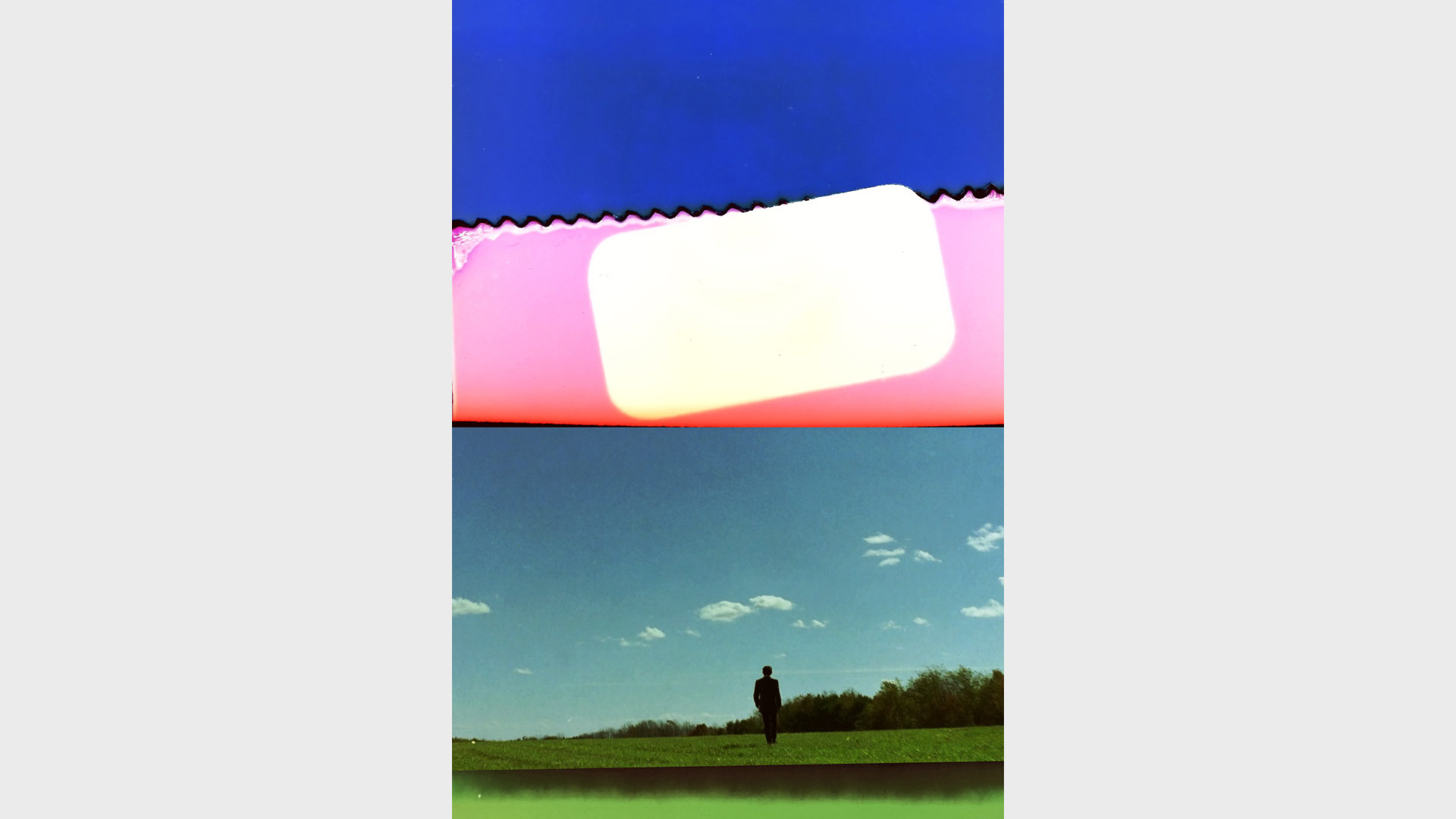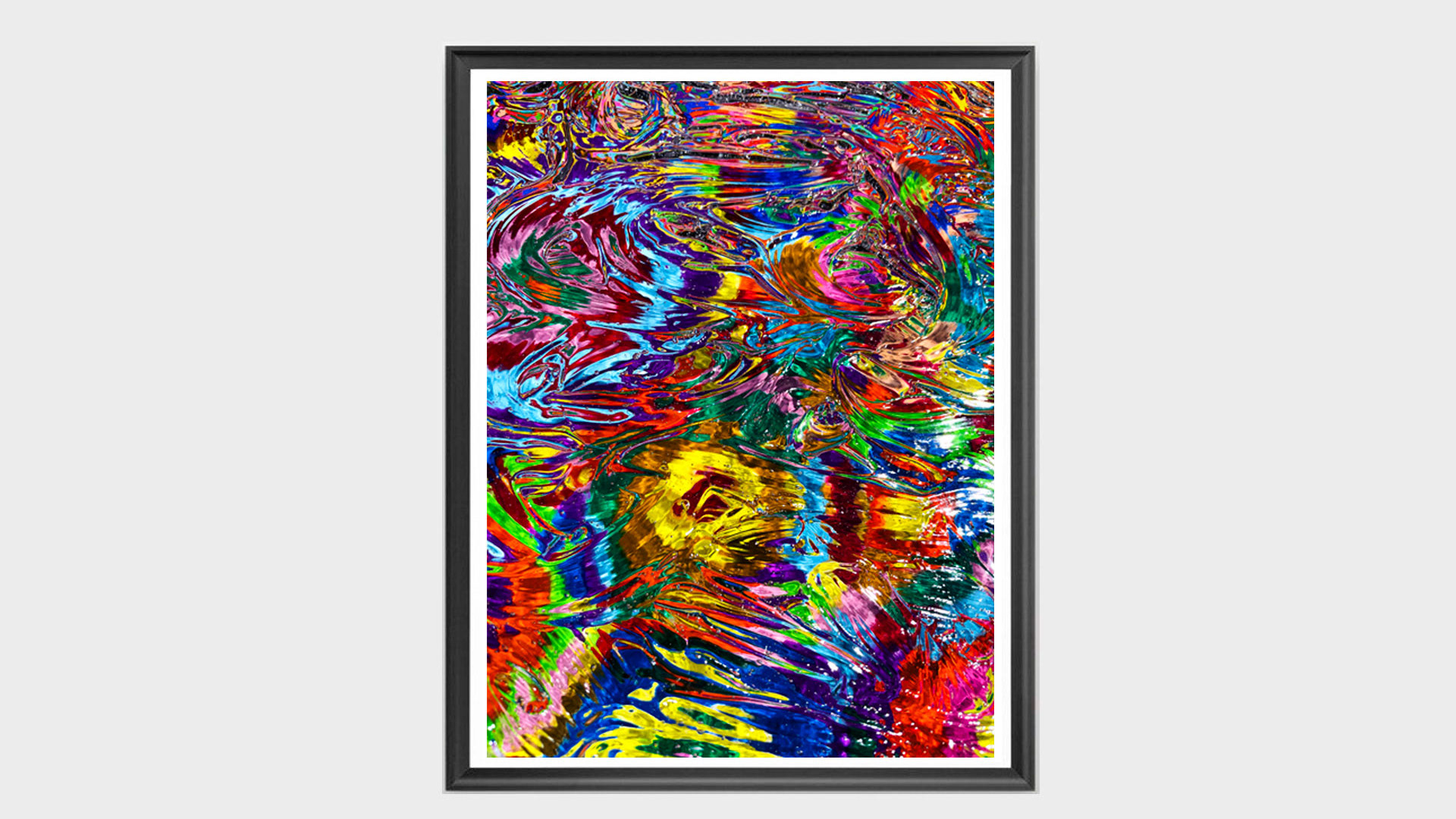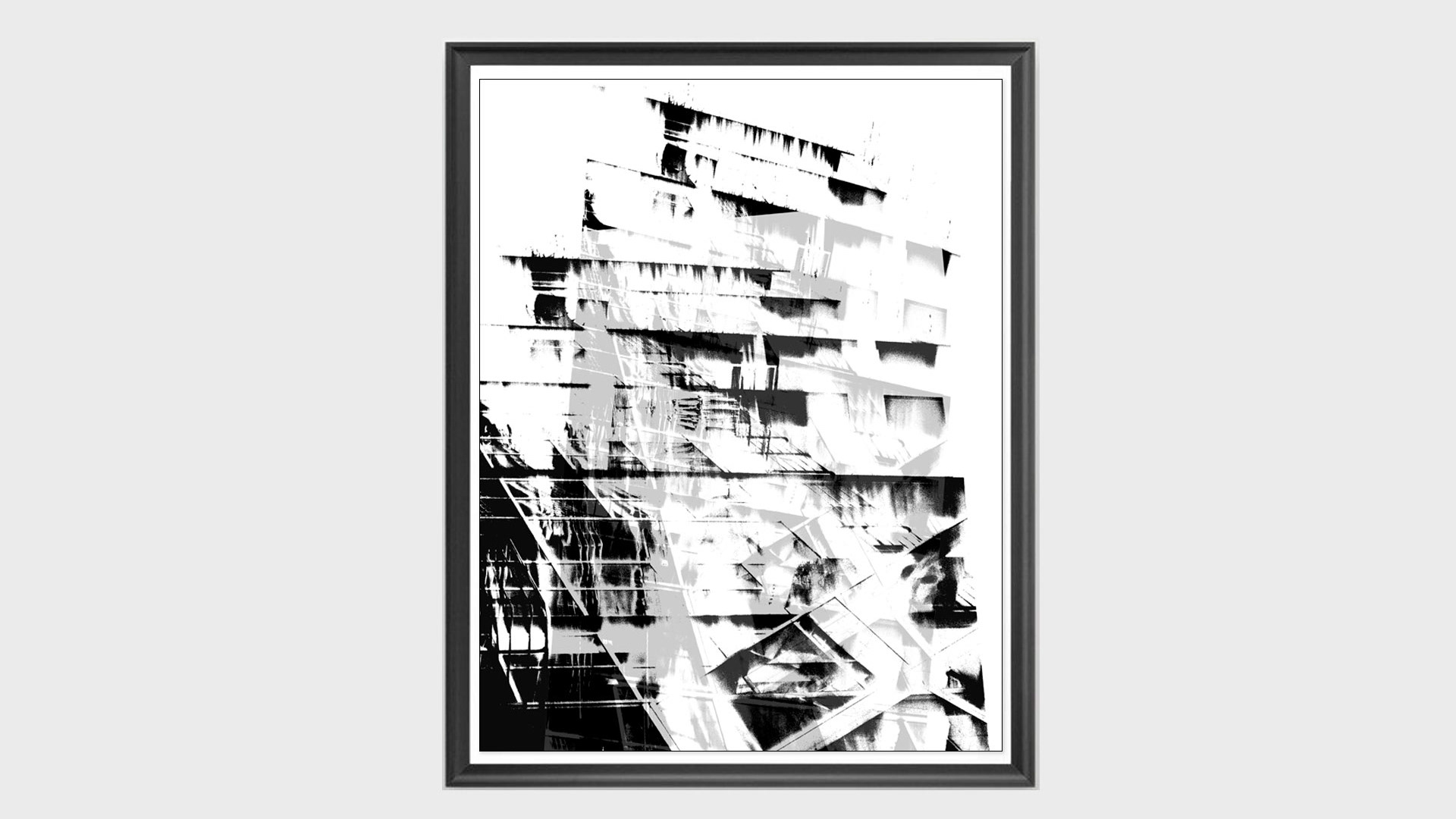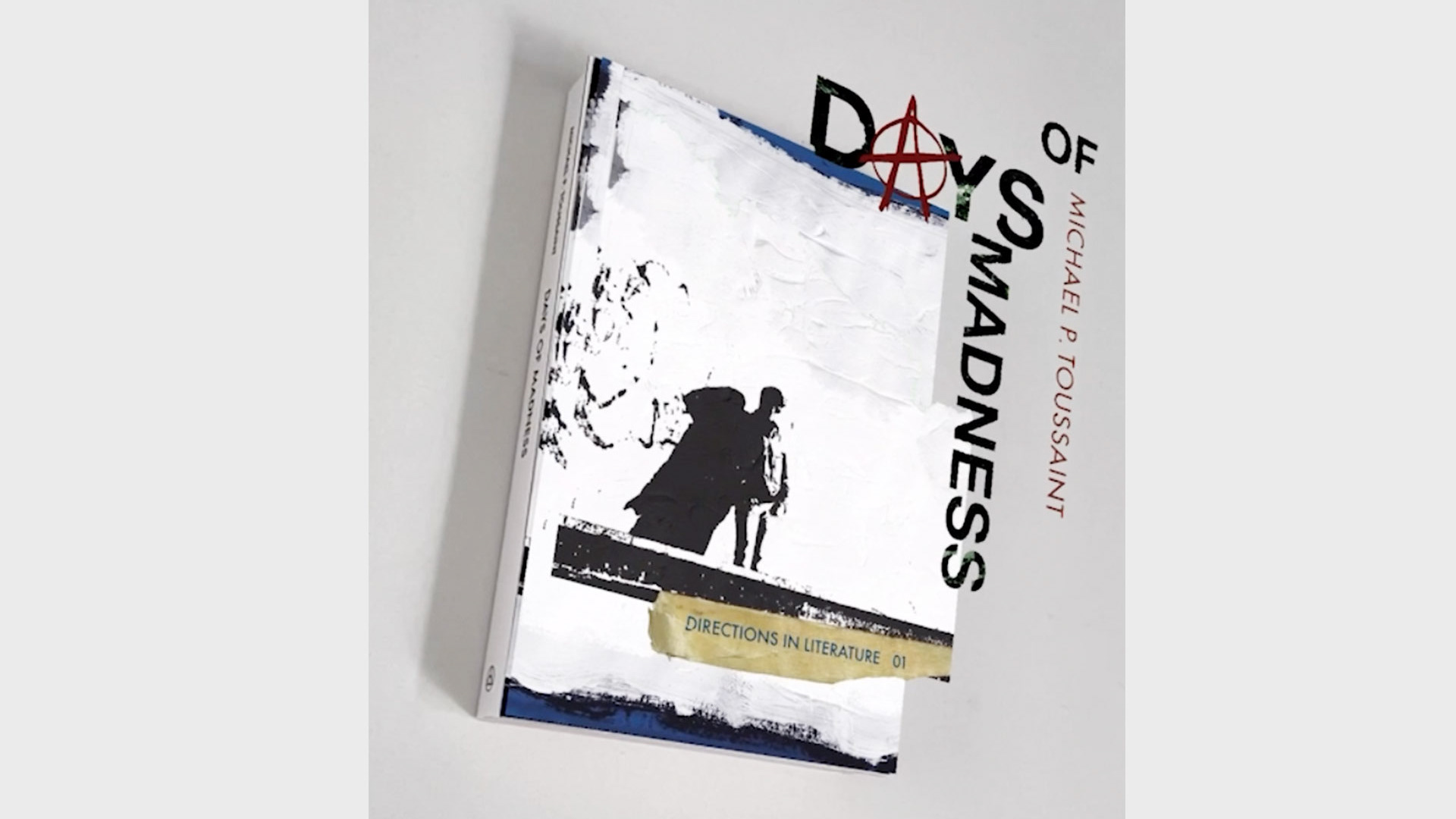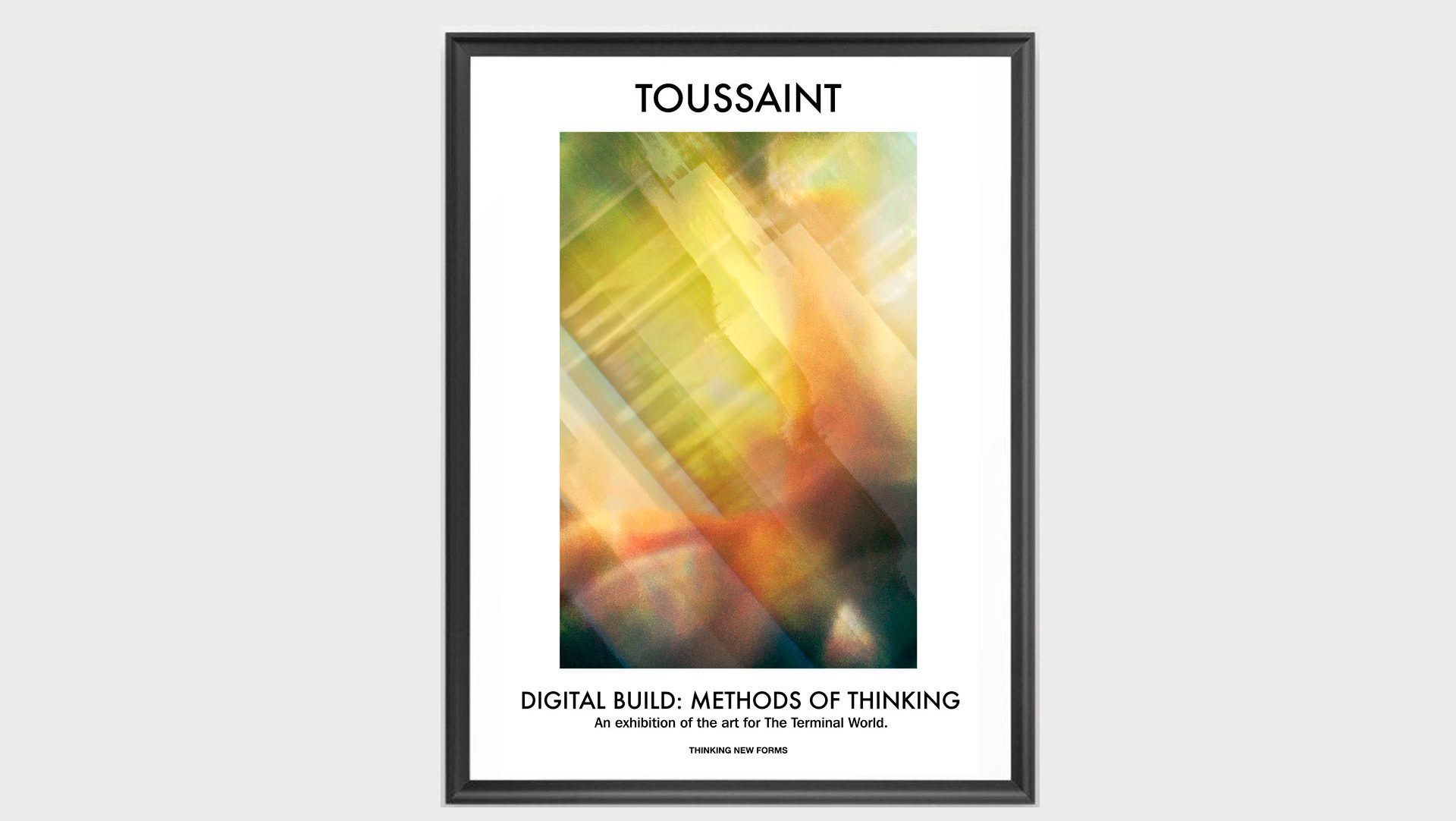Interview:
I was pleased to be able to have an in-depth conversation with the team at Printist. We discuss many of my ideas, my work process, the nature of art, can a painting be a painting if you don’t use paint?, and my series Painting With A Camera: Flowers.
Part One of the interview can be found here:
hhttps://printist.io/blog/painting-with-a-camera-interview-with-michael-p-toussaint-part-1/
Part Two of the interview can be found here:
https://printist.io/blog/painting-with-a-camera-interview-with-michael-p-toussaint-part-2/
Read the complete interview below:
-----
We are excited to share with you our interview with Denver-based artist Michael P. Toussaint. Michael works in a multitude of mediums. His art is series-based and explores ideas of perception, chance operations, and systems, amongst others. While embracing diversity in his work and between projects, he searches for new forms of expression and representation. This search is the core of his art. The conceptual depth of his work can be expansive and labyrinthian, but the art itself is lyrical and beautiful. In this interview, we discuss some of his ideas while focusing on what might be his most lyrical and colorful series to date, Painting With A Camera: Flowers.
P: Can you tell us a little about yourself and your art?
M: I usually refer to myself as a creative. That's because, as an artist, I don't place limitations on myself. I explore my creativity, my art, in whatever medium I feel it needs to be expressed. I guess that means I'm a multi-media artist. But these are category tags at best. My viewpoint does not differentiate between modes of creativity. Instead, my approach is one of theory to which the modes conform. The creative act is never closed. It is always open.
I would like to believe there is diversity to my art. One of the differentiating factors is my approach. Before I even attempt to create the art, I have a working theory and understanding of the nature of the project. I could write an extensive analysis of the project, how it works, its underlying ideas and meaning, etc., before producing a single image. Despite entering the project with this foundation, which makes it seem that everything else about creating the art is formulaic and systematic, I never know what the final work will look like. The art is always a surprise; it is always open.
P: Having such an extensive understanding of the art before making a single image is intriguing. It sounds like the complete opposite of how most artists work.
M: There are probably a few standard approaches to the creative process. For example, if you are a painter, one would be to sit before your canvas and start painting with little or no idea of what will transpire. The artist is seeing what will happen. The artist is exploring the medium. In this regard, I seldom work in that way, even though I have no idea what the final image will be.
P: When first viewing images from your series, Painting With A Camera: Flowers, I wasn’t sure what I was looking at. I was initially drawn in by their explosive colors, but I wasn’t sure if I was looking at a painting, a photograph, or what? While some works held on to their representational nature, others appeared as an abstraction. If it weren’t for the series title, I might not even be aware that I was viewing flowers. How did this series come to be? What was its inspiration?
M: I love cinema as an art form and have studied it extensively. It has informed much of my creative work, even though it isn’t apparent for most projects. One day I was viewing film stills when one caught my attention. The still, the shot, was from inside a car looking through the windshield. It was raining. Water covered the windshield in great flowing gusts making it difficult to identify anything. You could make out the lights from other cars and the city streets, but it was distorted through the water. I was reminded of an abstract painting. The construction of the image seemed simple—a camera filming through water that abstracts light. Photographing a subject through a filter is almost as old as photography itself. I saw potential in the process and began exploring it.
P: The name of the series is Painting With A Camera. Can you speak to this? How are we to interpret or understand its meaning?
M: As you mentioned, when initially viewing the images, you weren’t sure what you were seeing. Is it a painting? Is it a photograph? Is it something else? This confusion plays into the intention behind all my work, which is to explore new forms.
When viewing the images, the immediate correlation is to the paintings found in Impressionism. A connection to other series of mine can be seen, namely 31 Details From A Photograph and the reflection photographs found in The Surface Of The World. In these circumstances, the relationship between the three series is how the images appear like paintings, either abstract or impressionistic and how, in their way, they are experiments to create paintings by other means.
If you remove the notion that to create a painting, one must use paint (much the way Gerhard Richter insisted of his early photorealistic paintings that if you remove the notion that you need a camera to produce photographs, then his paintings are photographs), then these images are paintings.
Equally, they are not paintings but photographs. It is as though one reality is glimpsed through the partially revealing, partially obscuring impression of another. It is two realities occupying the same spacetime.
As a result of the gestural nature of the handmade filter and the subject matter of flowers, the final images have about them the sense of something familiar while maintaining the character of the unique. Art should never lead to one conclusion. Art should open questions, and these questions are more important than defining and categorizing.
P: The conceptual nature of the work is fascinating and labyrinthian. I feel it is a rabbit hole that, once entered, you might not find your way out. You gave us some insight into the creative process, but I wonder if you might describe what it’s like to make one of your flower images?
M: There are two facets to the process. One is simple, the other challenging. I explore different formalized systems as part of the creative process. The system is the simple part. In the case of the Flower art, I'm photographing a flower through a handmade filter. The challenging aspect is to make the process work; that is the chance operation.
The key to making the flower art "work" is the light. All images are created using direct, natural sunlight. The sunlight has to affect both the flower and filter in just the right way to cause the different optical planes to merge. Out of fifty images, I might get ten that work, with maybe five I can use. With the sun as intense and bright as it needs to be, I often don't see the image until I look back at it afterward. Every facet of creating the art is a chance opportunity.
P: You use a handmade filter and camera to produce the art. So how does the "painting" come into play?
M: The handmade filter is painted with a brush creating the gestural strokes. The filter is the gestural nature of the image. The subject, the flowers, are the pigment. The light melds the two, and the camera captures it.
P: Traditionally, photography and painting are two separate disciplines. So why choose to combine them?
M: Photography is inherently about capturing light, and many painters mention that their paintings are also about capturing light; David Hockney comes to mind. I simply don’t see the two as being exclusive but instead as being inclusive. As it relates to the Flower series, I see the two – painting and photography – as one.
P: This leads to one of the questions I have for you. You've touched on the point a few times by mentioning that the Flower series can be considered paintings. I'm curious as to how you would define a painting if it doesn't involve paint?
M: It begins with the statement that Gerhard Richter made concerning photography and his paintings. To paraphrase, he said that if he disregarded the notion that a photograph is a piece of paper exposed to light, then he is practicing photography by other means. His statement allowed me to disregard the traditional set notions of what is accepted as photography and painting.
As I mentioned earlier, I saw the essence of the two forms as being one. Photography and painting are about light. Richter also mentioned that many of his paintings are concerned with the nature of light. The process of creating the Flower series is conceptually the same for both. It is a painting because I use a brush to create gestural strokes onto a filter. The flowers are the pigment that adds color. These colors mix and intermingle. The light allows all the elements to merge. The camera captures the light. The process is configured differently but remains the same as it relates to painting.
P: There appears to be a mixing or merging of media in the work. Your process seems to include both analog and digital.
M: Most of my art is an amalgam of analog and digital processes. Most often, I’m simply using whatever tools I have available. The concept and understanding of the art comes first. From there I have to figure out how to realize the project. There might be multiple ways to actualize the art, but again, I can only use the tools at my disposal.
I was taking a look at my projects not long ago and I realized that I appear primarily as a digital artist. However, I don’t consider myself a digital artist, or any category of artist. I’m an artist using the tools available to me. But, as you’ve mentioned, the process of creating the art involves both analog and digital elements. Behind the scenes I spend most of my time working through ideas, and writing about projects, in notebooks. This analog process is the foundation of every creative project. I also have many experiments in the archives that no one else has seen in a variety of media.
I’m sure an argument could be presented that the worlds of digital and analog are quickly breaking down and becoming one.
P: What is your camera of choice when creating the Flower art?
M: I use my iPhone. When mentioning this to people, some see it as a red mark against the art, while others see it as a bold step. There is still stigma concerning using one's cell phone as a tool in the creative process. It's the same stigma that once affected computers.
In the early 2000s, I was creating my Photomontage series using 35mm film and prints from the 1-hour photo. When I showed this work to people, they would assume that it was made using a computer, thereby lessening its significance as art. They were always surprised when I said I did not use a computer. The stigma seems to be related to the idea that you, the artist, aren't making the art but instead it is the computer. The computer is doing the work, and all you are doing is pushing buttons. It's a preposterous notion and illustrates a fundamental misunderstanding of the nature of art.
I did initial tests for the Flower series using a Nikon DSLR and an iPhone. I would never be able to create the art using a DSLR. The time and effort needed to set up a single shot would be so time-consuming to render the project impossible. Honestly, I don't know if it would even work. Not a single test shot using the DSLR was usable. The immediacy of the act is critical, and I could only achieve this using my phone.
P: What are some of the things that you’ve learned about the medium by extending its capabilities?
M: The only limitations that exist are the ones you, or others, impose. I say this often, "Art is open." Take a look at the history of art or any of the arts, and you will see that it illustrates an ever-shifting and evolving environment. Equally, the people and systems that define that history like to label and categorize it: art is this and not that; painting is one thing and not another; etc. Don't get caught in the limitations of their thinking.
P: What effect would you like to have on your viewers?
M: Fundamentally, my art is about consciousness.
My concern is in the interrogation of my consciousness and imagining art that, while remaining unique, also serves a function. That function is the liberation of consciousness.
My art concerns itself with a relentless search for new forms of expression and representation.
The title under which I place all of my creative work is Thinking New Forms.
Like any good artist, I wish to bring the viewer along for the ride. Like any good art, I want it to expand the viewer’s consciousness.
P: You’ve said that your series are open . . . until they no longer are. What do you mean by that?
M: I work with series, and those series being unstable and in flux. No work or series is ever finished. At best, it is momentarily halted or officially abandoned.
Rarely do I think in terms of a closed set of parameters. What transpires is that I explore the concepts and ideas of a series and produce art for it. Since my art is also an exploration of systems, I can create as much art for those series as I would like. I create until I have to move on. Then, of course, a year or two down the line, I might get new insight into the series, the art, or the process, and this will breathe new life into it. As a result, the very context of the series can take a dramatic turn as it is contextualized anew and developed further.
P: There is a highly abstracted nature to your Flower pieces. I can enjoy them on many different levels; as flowers, abstract art, an explosion of colors, etc. But what I’ve noticed is that if I study a piece long enough, I start to see landscapes and beings hiding in the swirls and colors. I notice this in many of your other series as well. Can you speak to this point?
M: Most of my art falls into the unofficial category, or at least I think it is unofficial and a category, but what is called Emergent Art. The focus is less on the pictorial nature of the image – figurative, abstract, or other – and more on what is seen within the art. In some ways, it is an unconscious manner to make art. It relies on chance opportunities. Nothing is planned. But when the piece is done, and the viewer gazes into it, other beings and alien landscapes emerge from the swirls of paint, or whatever the medium. In some instances, the artist is interested in releasing these spirits or beings from the art, which functions as a doorway. Interestingly, it is a very active form of art for the viewer, and what is seen in the art says more about the person viewing it than the person who created it.
The art for my series A Report From The Edge Of Consciousness is an example of where I see a multitude of beings and landscapes swirling and mixing. Another one of my series Art Montage: Fractal Consciousness, highlights explicitly some of the beings I began to see in my art.
